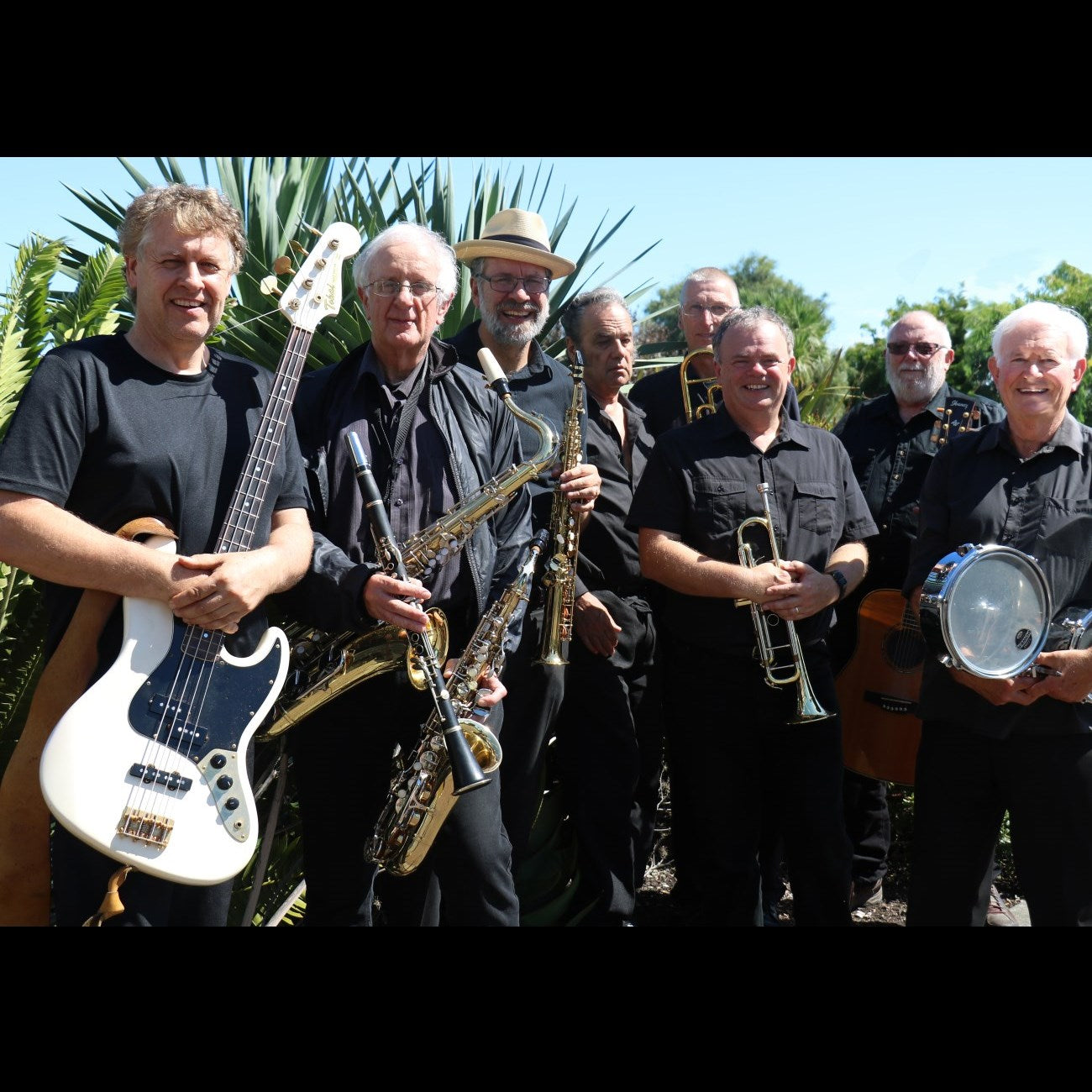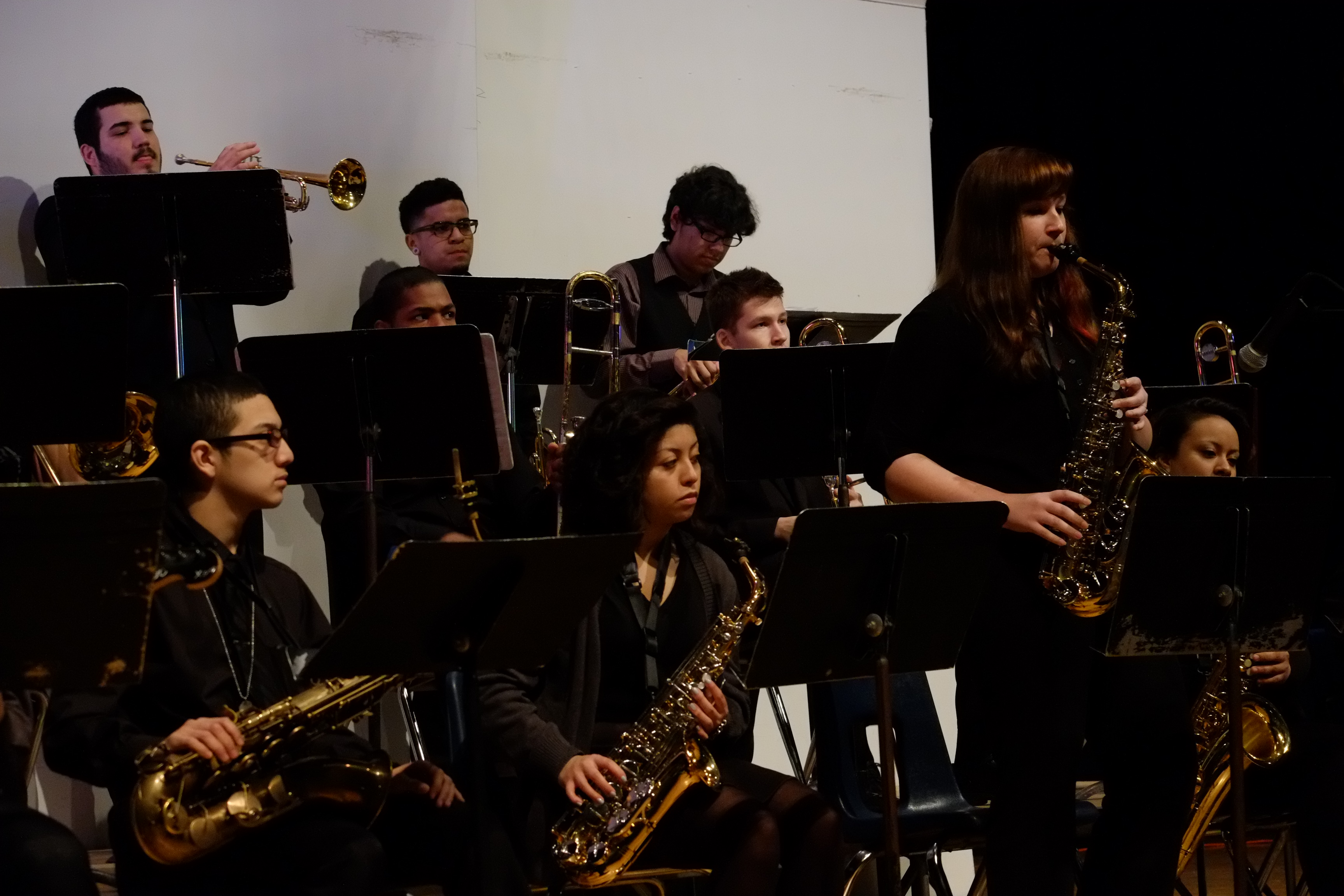

Count Basie An Introduction to Count Basie: His Best Recordings, 1936-1944 Best of Jazz 1996 Basie's first band produced a string of jazz classics: "One O'clock Jump," "Jumpin' at the Woodside," "Swingin' the Blues," "Down for Double," etc. The Moten band's most enduring number, "Moten Swing," would serve as Basie's first theme song.

After the leader's death in 1935, Basie formed his own big band with many ex-Moten sidemen as its nucleus. Bill Hughes, Dennis Mackrel, and currently trumpeter Scotty Barnhart Bennie Moten 1930-1932 Classics 1996) From 1929 to 1935, Basie was the pianist in Bennie Moten's legendary Kansas City-based territory band. And even after his death on April 26, 1984, The Count Basie Orchestra has continued to record and tour under the leadership of some of its most distinguished alumni: first Thad Jones, then Frank Foster, Grover Mitchell. Through the '60s, the '70s, and into the '80s, the Basie band remained the definition of big band jazz. One by one, the Count brought in trombonists Benny Powell, Henry Coker, and Al Grey, trumpeters Joe Newman and Thad Jones, and the tenor saxophone tandem of Frank Foster and Frank Wess, all modern, bop-inspired improvisors who also were completely at home in the Basie idiom. But make no mistake, this reborn unit was packed with accomplished soloists. Founded on an ever-growing book of first-rate charts by top-rung arrangers like Neal Hefti, Ernie Wilkins, and Quincy Jones, his new edition evolved into an ensemble of amazing strength and precision, but also one of many moods and colors, as strong at pianissimo as it was at fortissimo, as swinging at slow tempos as it was at fast ones. But he missed the power and glory of sixteen men swinging, so in the fall of 1951 the Count began to reassemble his orchestra. Basie broke up the band in 1950 and formed an all-star septet. For the next decade and a half, Basie's stellar castwhich included such original jazz stylists as tenor saxophonists Lester Young and Herschel Evans, trumpeters Buck Clayton and Harry "Sweets" Edison, trombonist Dicky Wells, drummer Jo Jones, and singer Jimmy Rushingset the standard for big band swing. The following year this freewheeling unit came east and took New York by storm. All rights reserved.In 1935, pianist William "Count" Basie (born August 21, 1904), a fixture on the Kansas City jazz scene since the late 1920s, organized his own rocking, riffing, blues-based big band. The politically corrupt context in which these bands flourished, the time of the Pendergast machine, is given a good deal of consideration by the authors, some of which might've been devoted to musicians' accomplishments.Ĭopyright © 2023 Austin Chronicle Corporation. Not enough attention is paid to acknowledged greats like tenormen Don Byas and Ben Webster, let alone admirable but underappreciated stylists, including trumpeter Shorty Baker and tenor saxophonist Dick Wilson. The structure of the book makes sense, as Kansas City jazz was at its height during the big-band era, and most of the top KC soloists and arrangers had connections to these bands. These were black outfits, but, happily, the authors include a section on KC's white Coon-Sanders band, which did some early third stream experimentation in the Twenties and early Thirties. The authors concentrate on the Kansas City scene from the ragtime era to the early Forties, building their narrative mainly on the histories of the area's prominent big bands, those of Basie, Bennie Moten, Andy Kirk, Harlan Leonard, and Jay McShann. His band played with unusual grace, his charts airy, informal, and often made up on the spot.

Listen to Basie's recordings from that time. During their ascendancy beginning in the Thirties, KC bands were looser, more laid back than East Coast bands like Fletcher Henderson's. Lester Young, Count Basie, and Charlie Parker, among the greatest influences in jazz history, helped distinguish the Kansas City scene. Kansas City has been cited, along with New Orleans, Chicago, and New York, among the most important early jazz centers, but one which, according to authors Frank Driggs and Chuck Haddix, has received less attention than it deserves.


 0 kommentar(er)
0 kommentar(er)
